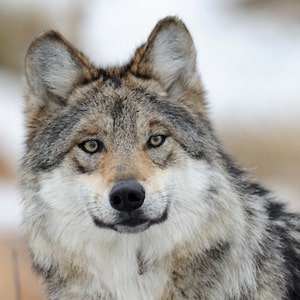
Last week Colorado Parks and Wildlife (CPW) released its draft plan for the release of grey wolves in Colorado. Following a public vote on November 3, 2020, in favor of the release, CPW is planning on finalizing plans by December and starting the reintroduction of grey wolves on Colorado’s Western Slopes this winter. Proposition 114 (State Statute 33-2-105.8) instructs the CPW Commission to develop a plan to introduce grey wolves and to restore and manage the wolves in Colorado no later than December 31, 2023.
As part of this statute, the CPW presented a draft map earlier this month that indicates the planned reintroduction area. The map presented in the draft plan is suggesting an area for the release between Glenwood Springs and Vail in the north and Gunnison in the south, which means it includes popular ski areas like Aspen or Crested Butte. The map was created with the help of input from the technical working group and wildlife experts. There were certain constraints put on the creation of the map as it required a 60-mile buffer from state borders to Wyoming, Utah, and New Mexico, in order to avoid wolves crossing borders, as well as buffers protecting Tribal Lands.
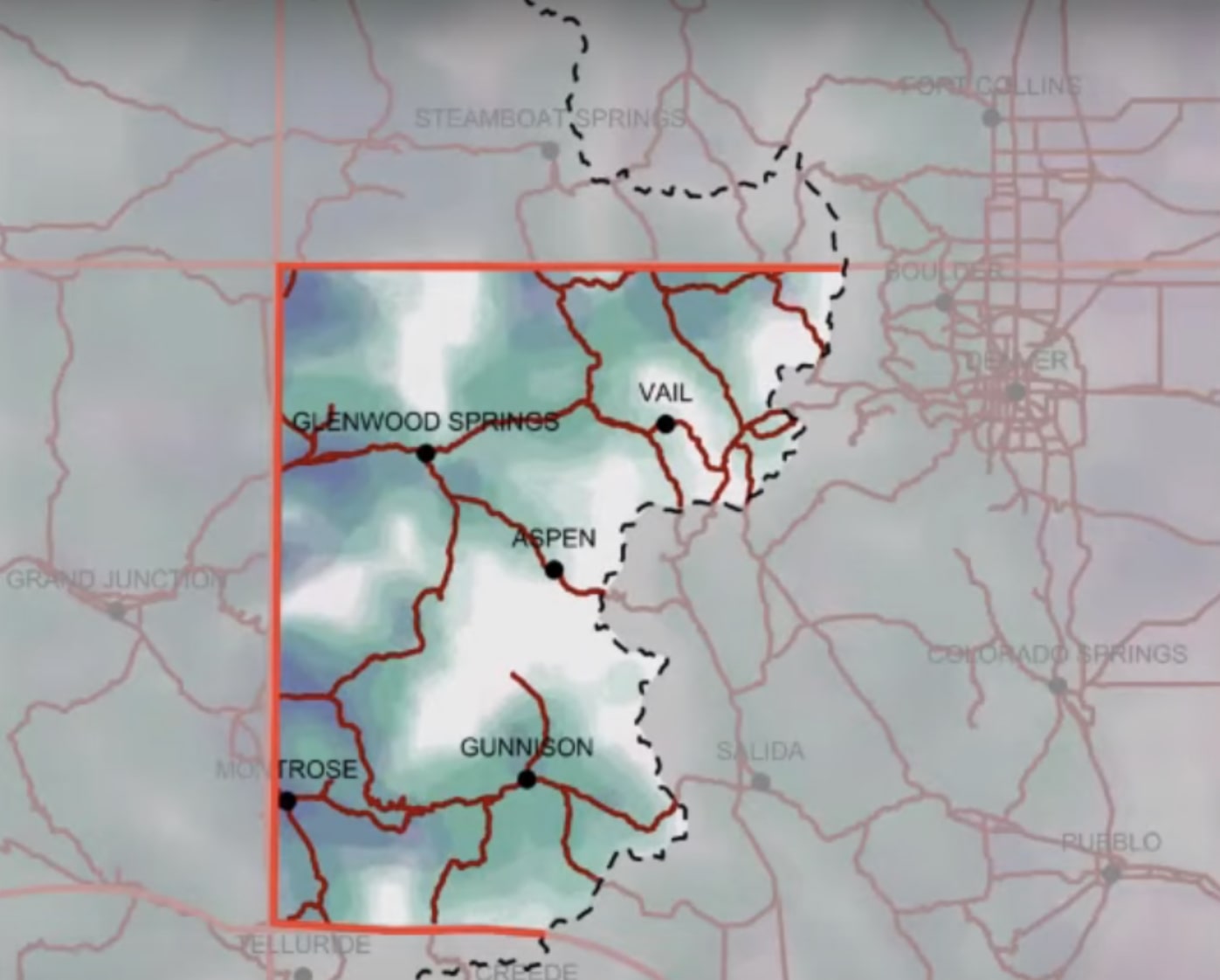
The map of potential release areas was shown during a presentation by Eric Odell, who holds a degree in wildlife biology and is the Species Conservation Program Manager at CPW. The draft map is based on a June 2022 study by Marc Dittmer and George Wittemyer entitled: “Defining ecological and socially suitable habitat for the reintroduction of an apex predator”. The study carefully analyzes the suitable areas for wolves, based on elk and deer herds in Colorado, as well as steepness of slope and snow depth, and contrasts it with the population density of the areas as well as the voting outcome from the 2020 ballot.
Mr. Odell points out that the highlighted area is only the release area and that wolves will likely spread across to the grey areas on the map as well. Wolves will be released in several areas within the highlighted quadrant. Parks and Wildlife want an open dialogue with stakeholders prior to the release in the winter in order to be able to address all concerns about the reintroduction.
Naturally, the release of an apex predator like the grey wolf is bound to raise concerns with ranchers, hunters, and residents. Through careful planning, CPW is confident they can limit any risk to residents. The effect on livestock is expected to be minimal. Experts suggest, that only about 0.01% of livestock would be killed by wolves and ranchers would be compensated by CPW for any loss. It should also not affect hunters, as elk numbers in Montana, where wolves were reintroduced in the 1990s, have in fact gone up considerably since then. The grey wolf is currently protected under State law and cannot be shot without prior permission.
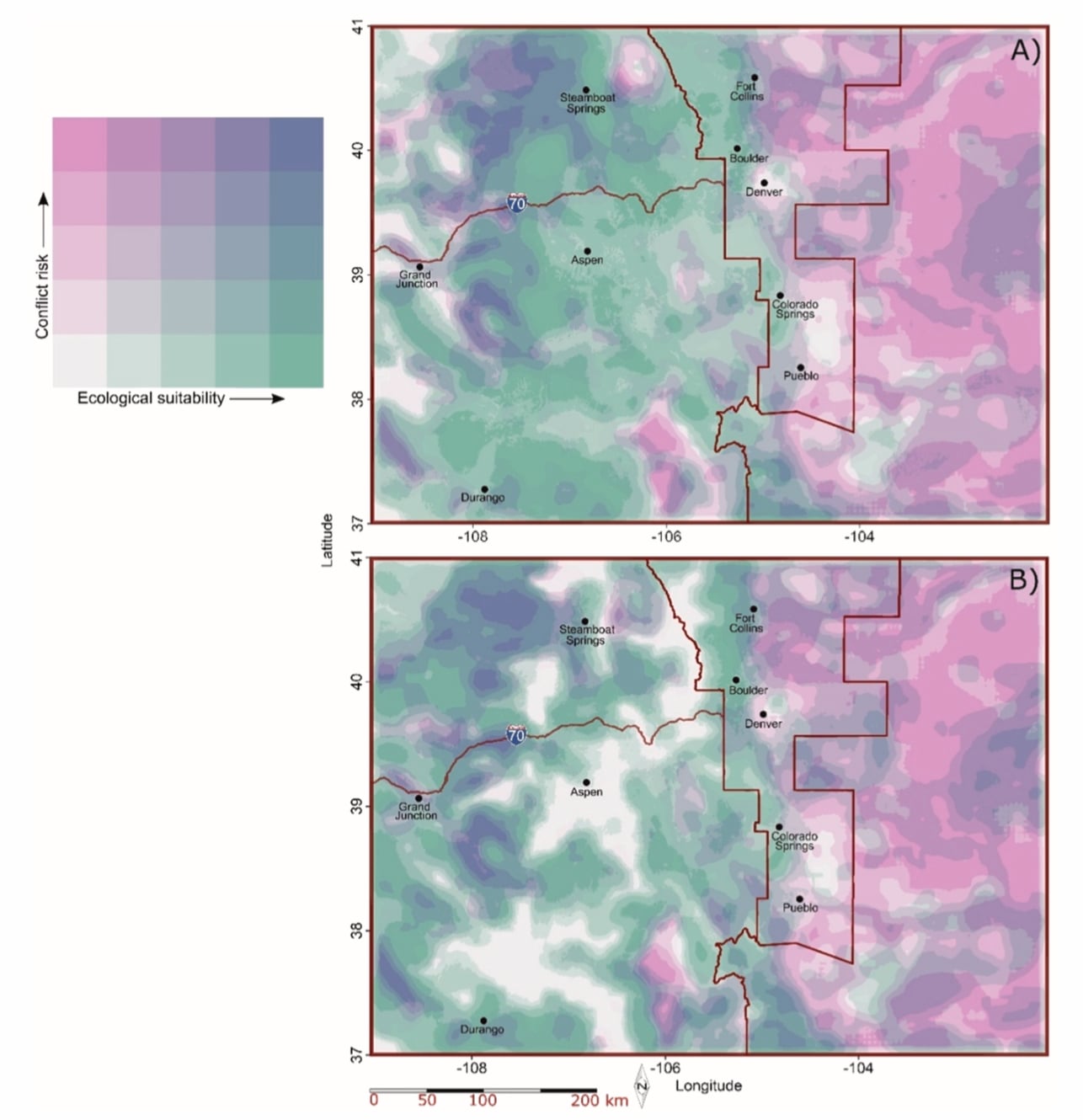
While the reintroduction may seem controversial, the motives for bringing back grey wolves are based on restoring the Colorado ecosystem. Wolves were completely removed from Colorado in the 1930s-1940s. In the 80-90 years since then, the ecosystem has changed dramatically. Scientists believe that a reintroduction will cause a ‘trophic cascade’. A trophic cascade is when a change at the top of the food chain impacts every layer in the food chain down to the bottom.
By removing the grey wolf from the ecosystem, the elk and deer population in Colorado lost their largest natural predator and spread beyond control. Hunters could not have had the same impact on the herds and the uncontrollable spread of these game populations damaged and changed much of the vegetation by destroying delicate vegetation along streams and valleys and eroded the ecosystems for other species, from beavers to songbirds, rabbits, coyotes, and hawks.
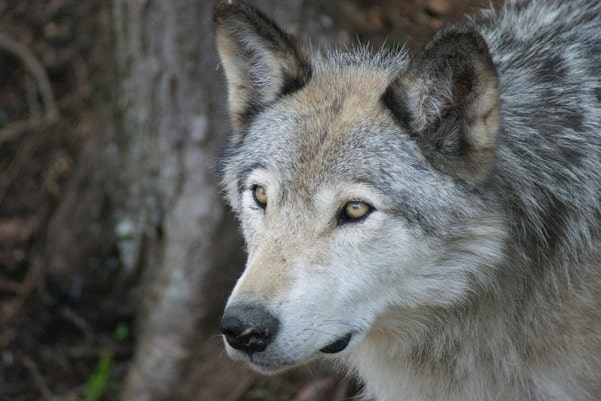
It is also theorized that Chronic Wasting Disease (CWD) in elk and deer has been rampant because grey wolves were no longer around to eliminate the weak and sick of the herd. CWD is similar to Mad Cow Disease and is affecting close to 40% of Colorado elk herds and more than 50% of Colorado deer herds. Hunters are advised to head-test for bucks before they consume the meat. Experts like Professor Diana Tomback believe that grey wolves could limit the spread of CWD.
Another important role wolves play in the ecosystem is by leaving behind the carcasses of their prey for scavengers. The carrion wolves leave is food for many other species, including the bald eagle and lynx. Ed Bangs, wolf recovery coordinator from the US Fish and Wildlife Services, calls it “food for the masses.”
The trickle down-effect seen when wolves were reintroduced in Yellowstone National Park was beyond everyone’s expectations. “It turns out that the Indian legends of ravens following wolves are true, they do follow them because wolves mean food,” Mr. Bangs added. Previously, elk carrion was only around following harsh winters as snow was the number one killer for elk. The supply of year-round food for other species to feast on brought back packs of other species.
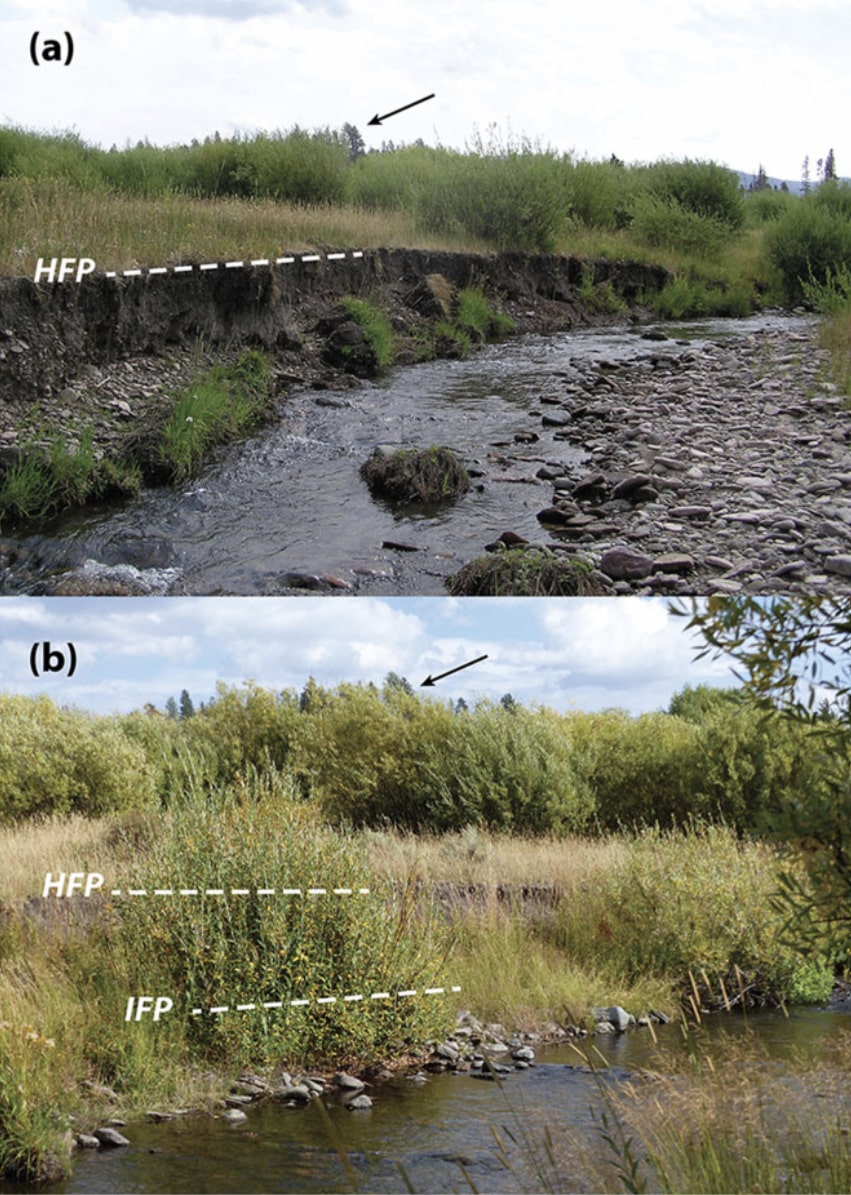
The effect at Yellowstone was not just limited to fauna but included the flora, too. Beavers returning to the area impacted the healthy growth of willow trees, as weak ones were cut by beavers. The dams built by the beavers in turn changed the flow of rivers, bringing more fish and songbirds back to the region. The trophic cascade has been so much more complex and varied than could be anticipated and changed the face of Yellowstone National Park, bringing back variety and lushness not seen in decades.
If successful, the reintroduction of wolves in Colorado should bring about an equally varied and visible rebalancing of the flora and fauna around Aspen in our lifetime.
Oil and gas drilling? You’re such a moron.
Putin is also having an impact on the Mule Deer populations in the US.
Monkey brains alert.
However, along with other western states, Colorado and Wyoming have experienced decreases in mule deer populations. Suspected causes include drought, disease, predators, and human impacts to habitats such as roads and fences, the subdivision of land, and oil and gas drilling.
Elk and deer populations are declining in CO and this will only make it worse. These ‘wildlife experts need to walk around the wilderness more
Cattle Lives Matter too, those poor cattle.
They literally don’t
Quit fear mongering. 2 people in North America have been killed by wild wolves in the last 100 years. A dozen are killed each year by cattle, but you don’t hear ‘Big, Bad Cow’ stories
Sooner or later, children will be consumed; litigation will follow. Predator animals and kids, combined with parents and lawyers, will be interesting, as Huntington Beach is finding out right now.
Coyotes already do this job.
Karens will lose their marbles as their little designer pups get slaughtered on the afternoon walks.
Bring em back. I’m getting my popcorn ready. 20 years from now when the fear of humans has completed faded from their instincts its going to be super entertaining to watch the boomerang in action.